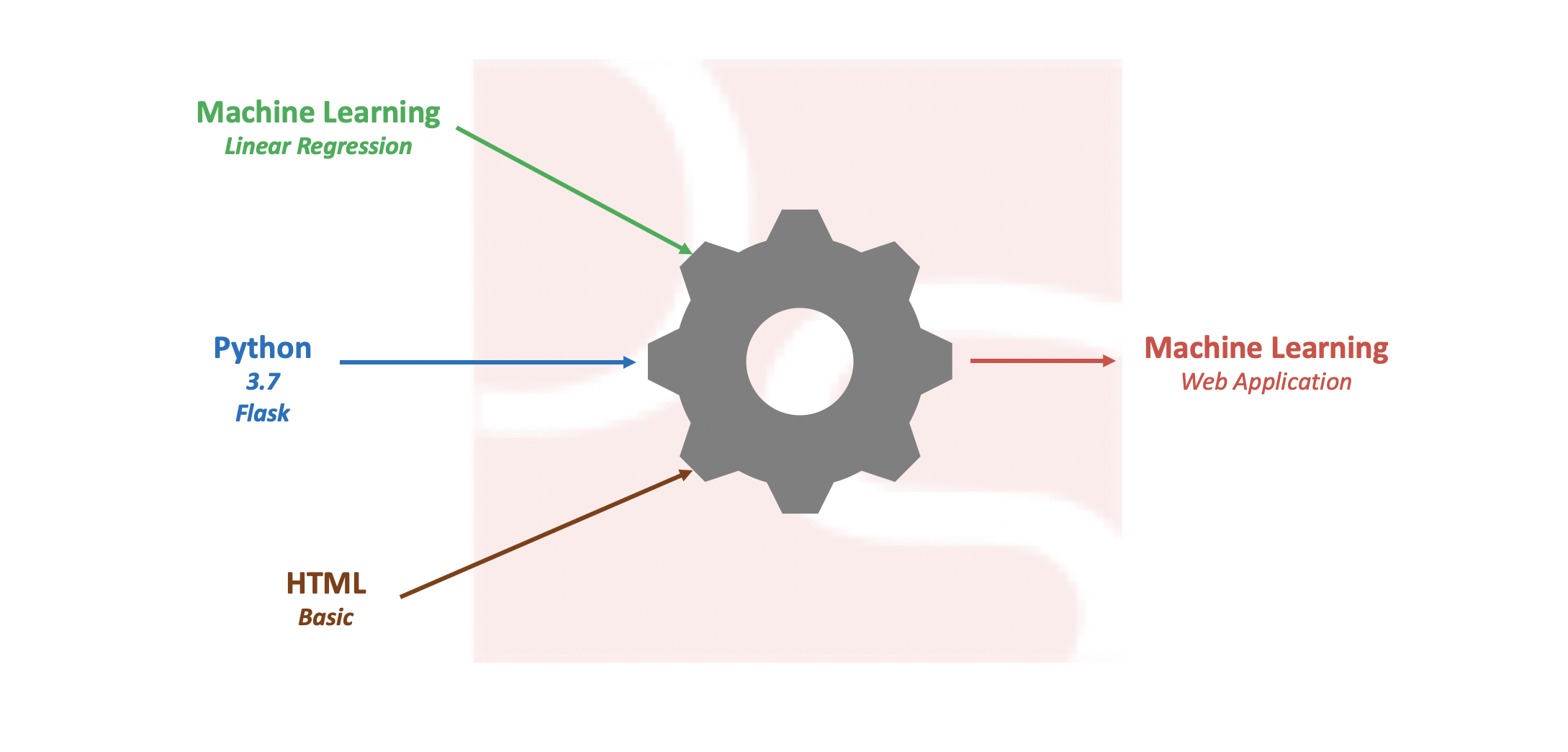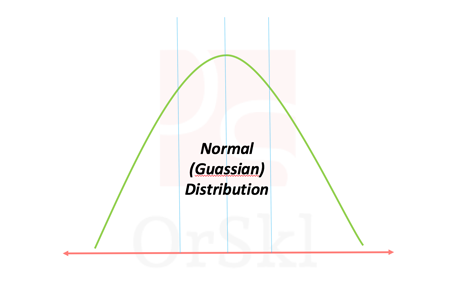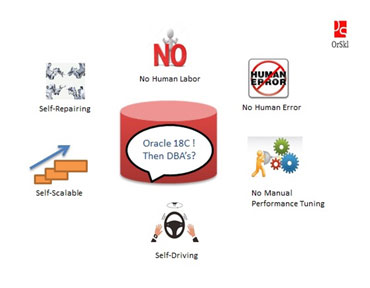Do you believe that, challenging task of an Oracle DBA is “Performance Tuning”? It is not so. Be the competitor and become reputed Oracle DBA engineer today. This course is designed specially to focus on all the key areas of performance tuning to the real time DBA’s. Performance tuning skill is MUST for every professional to excel in the domain of Oracle Database Administration. This course will concentrate on training you on both theoretical concepts and activities with our focused approach. With the systematic model, on Single Instance database environment you will be skilled to crack any performance issue on any environment.
Get Real time hands-on experience on “Performance Tuning” now.
- Install and Implement yourself.
- Simple and easy to understand.
- Meet industry standards.

Pre-requisites (Free)
No Pre-requisites needed
System Requirements
CPU:Minimum of Dual Core processor
Memory: 3 GB
OS: Windows/MacOS
Space: 40 GB of disk spac
Training Details
25 Sessions.
Trainer: Pawan Kumar Yaddanapudi.
Includes supporting documents, software’s and Log files.
Anytime assistance.
Video tutorials
Learn at your own pace.
Saves 50% of your money.
Revise any number of times for 6 months.
Assured quality and content as classroom/online training.
Online training
One scheduled session per day.
Good internet connectivity required.
Batch of minimum 5 students.
Chapter 1: ORACLE DATABASE ARCHITECTURE – TUNING CENTRIC
- Software functionality
- OS dependencies
- Background processes – To concentrate
- Storage and Memory dependencies
Chapter 2: PERFORMANCE TUNING TOOLS
- Explain plan of SQL statements
- Tracing SQL execution
- tkprof for trace analysis
- AUTOTRACE in SQL*
- V$ dynamic performance views
- OEM
- AWR, ADDM and ASH reports
- SQL tuning advisor and baselines
- OS monitoring
Chapter 3: ORACLE OPTIMIZER
- Basics of Optimizer
- Understanding behaviour
- Histograms and Bind Peeking
- Access paths
- Interpreting JOINS
- Optimizer statistics
- Hints
- Manage Optimizer
Chapter 4: SQL TUNING WITH ACTIVITIES- 1
- Thumb rules
- Possible SQL issues
- SQL Tuning methods and Tools
- Pro-active SQL Tuning
- Reactive SQL Tuning
- Real-Time Tuning Examples
Chapter 5: SQL TUNING WITH ACTIVITIES – 2
- SQL tuning examples (Continue)
- Creating SQL tuning sets and baselines
- Tuning JOINS
- Sorting and Grouping activities
- PL/SQL tuning notes
- Parallelism in SQL
Chapter 6: REAL TIME DATA LOADING AND MONITORING
- Creating SCHEMAS, TABLES
- Preparing Environment
- Load Data-1
- Monitor using OEM & Alert log
- Load Data-2
- Monitor using V$ views
Chapter 7: REAL TIME – AWR REPORT ANALYSIS
- Preparing environment
- Load Data-3
- Generate AWR reports
- Analysis & Problem Identification
- Fixing Performance Issue
Chapter 8: REPORTS & ANALYSIS
- AWR reports and baselines
- ADDM reports
- ASH report
- Exercise on AWR, ADDM & ASH REPORTS
- Optimizer tracing and analysis
- Tracing levels and options
- Exercise on Optimizer tracing
Chapter 9: DATABASE STORAGE OBJECTS
- Storage options
- Oracle Partitioning
- Star schema design
- Partitioning Examples
- Indexes Overview
- B-Tree Indexes & Examples
- BitMap Indexes & Examples
- Index Organized Tables & Examples
Chapter 10: ADVISORIES
- BAD SQL tracing & Analysis
- SQL tuning Advisor
- STS (SQL Tuning Set) with SQL tuning advisor
- SQL Access advisor
- Implementing SQL Plan management
- Fragmentation and Data distribution
Chapter 11: INSTANCE/MEMORY REAL TIME TUNING
- Shared pool tuning – Latch/Mutex, Library cache, Cursors
- Shared pool tuning – Parses, Result cache, Data dictionary
- Real time Activity – Shared pool Tuning
- Buffer cache tuning – TitBits
- Real time Activity – Buffer cache Tuning
- PGA tuning and Sort area – Titbits
- Automatic memory management – Concepts
- Real time Activity – PGA Tuning
Chapter 12: I/O TUNING
- Oracle I/O Architecture
- Disk I/O concepts
- Monitoring Oracle I/O
- All about RAID
- Tuning I/O – Options
- ASM solutions
Chapter 13: BEST ARCHITECTURAL PRACTICES
- Important parameters
- Stograge considerations
- Memory size planning
- High Availability – Best practices
- Maintenance
- Top WAIT Events
- Application analysis
- Pro-active monitoring approach
- Monitoring tools in place
Frequently Asked Questions (FAQs)
Wondering what ORSKL can do for you?
Related Posts
There are many variations of passages of Lorem Ipsum available but majority have suffered alteration in some.There are many variations.
- myadmin
- Data Analytics
- 1 Comments
Build Simple Machine Learning Web Application using Python
Pre-processing data and developing efficient model on a given data set is one of the daily tasks of machine learning engineer with commonly used languages like Python or R. Not every machine learning engineer would get a chance or requirement to integrate the model into real time applications like web or mobile for end users […]
- myadmin
- Data Analytics
- 0 Comments
Ways to identify if data is Normally Distributed
Normal distribution also known as Gaussian distribution is one of the core probabilistic models to data scientists. Naturally occurring high volume data is approximated to follow normal distribution. According to Central limit theorem, large volume of data with multiple independent variables also assumed to follow normal distribution irrespective of their individual distributions. In reality we […]
- myadmin
- Data Analytics
- 0 Comments
Will highly correlated variables impact Linear Regression?
Linear regression is one of the basic and widely used machine learning algorithms in the area of data science and analytics for predictions. Data scientists will deal with huge dimensions of data and it will be quite challenging to build simplest linear model possible. In this process of building the model there are possibilities of […]
- myadmin
- General topics
- 14 Comments
Will Oracle 18c impact DBA roles in the market?
There has been a serious concern in the market with announcement of Oracle Autonomous database 18c release. Should this be considered as a threat to Oracle DBA’s roles in the market? Let us gather facts available on the Oracle web to understand what exactly this is going to be and focus on skill improvements accordingly. […]
- myadmin
- General topics
- 4 Comments
How Oracle database does instance recovery after failures?
INSTANCE RECOVERY – Oracle database have inherit feature of recovering from instance failures automatically. SMON is the background process which plays a key role in making this possible. Though this is an automatic process that runs after the instance faces a failure, it is very important for every DBA to understand how is it made […]
- myadmin
- Performance tuning
- 16 Comments
Why should we configure limits.conf for Oracle database?
Installing Oracle Database is a very common activity to every DBA. In this process, DBA would try to configure all the pre-requisites that Oracle installation document will guide, respective to the version and OS architecture. In which the very common configuration on UNIX platforms is setting up LIMITS.CONF file from /etc/security directory. But why should […]
- myadmin
- RMAN
- 9 Comments
Why RMAN needs REDO for Database Backups?
RMAN is one of the key important utility that every Oracle DBA is dependent on for regular day to day backup and restoration activities. It is proven to be the best utility for hot backups, in-consistent backups while database is running and processing user sessions. With all that known, as an Oracle DBA it will […]
- myadmin
- General topics
- 10 Comments
Will huge Consistent Reads floods BUFFER CACHE?
Oracle Database BUFFER CACHE is one of the core important architectural memory component which holds the copies of data blocks read from datafiles. In my journey of Oracle DBA this memory component played major role in handling Performance Tuning issues. In this Blog, I will demonstrate a case study and analyze the behavior of BUFFER […]
- myadmin
- Storage
- 11 Comments
Can a data BLOCK accommodate rows of distinct tables?
In Oracle database, data BLOCK is defined as the smallest storage unit in the data files. But, there are many more concepts run around the BLOCK architecture. One of them is to understand if a BLOCK can accommodate rows from distinct tables. In this article, we are going to arrive at the justifiable answer with […]
- myadmin
- Performance tuning
- 32 Comments
Can you really flush Oracle SHARED_POOL?
One of the major player in the SGA is SHARED_POOL, without which we can say that there are no query executions. During some performance tuning trials, you would have used ALTER SYSTEM command to flush out the contents in SHARED_POOL. Do you really know what exactly this command cleans out? As we know that internally […]












